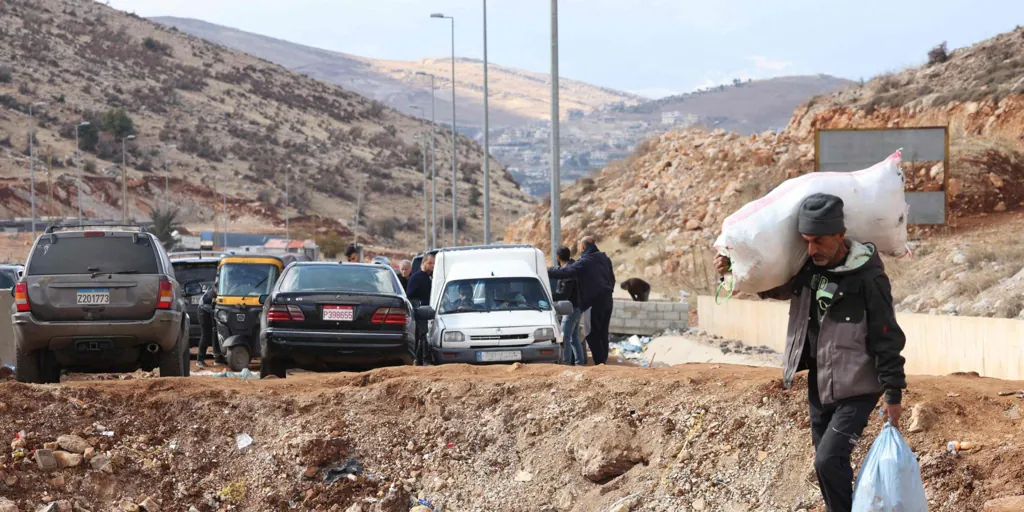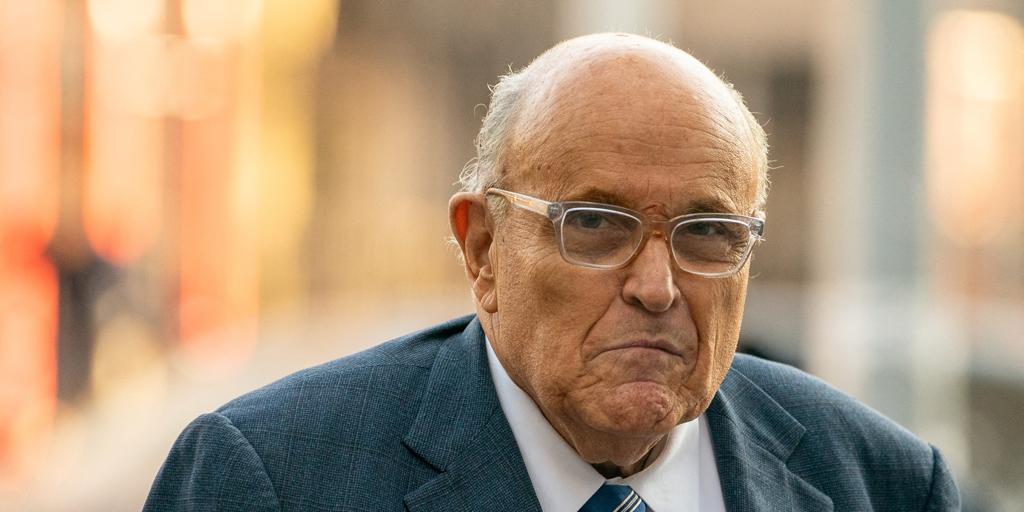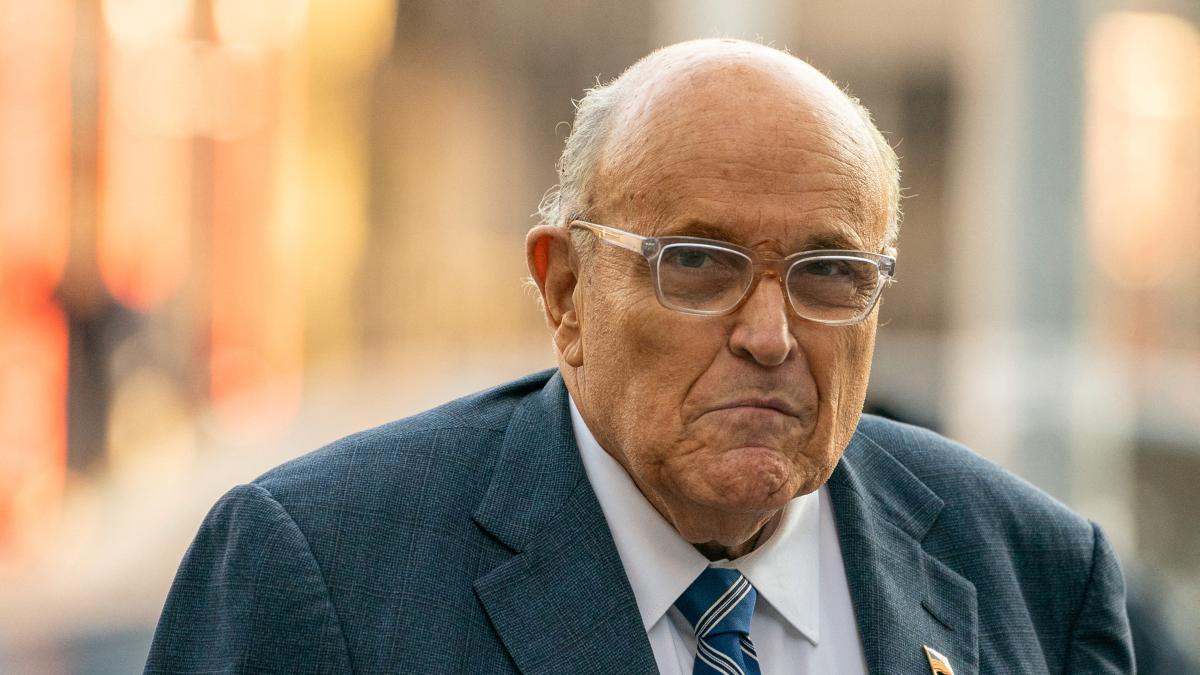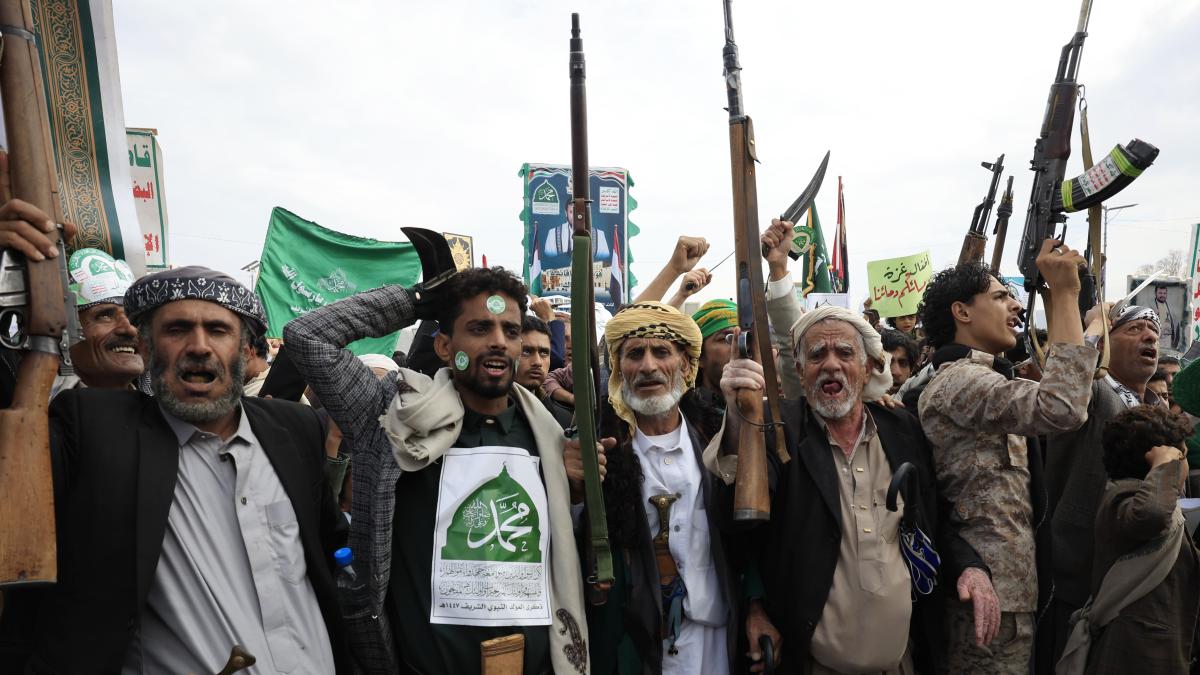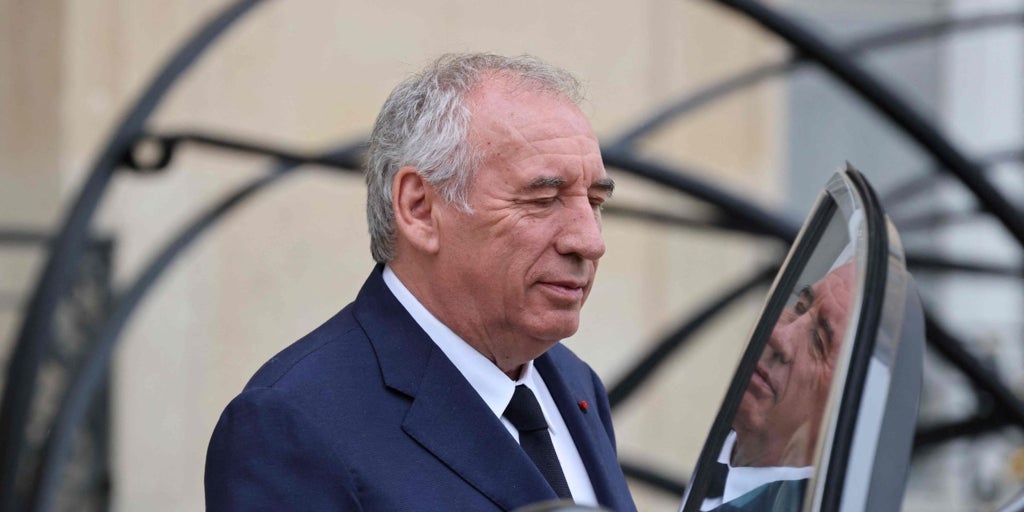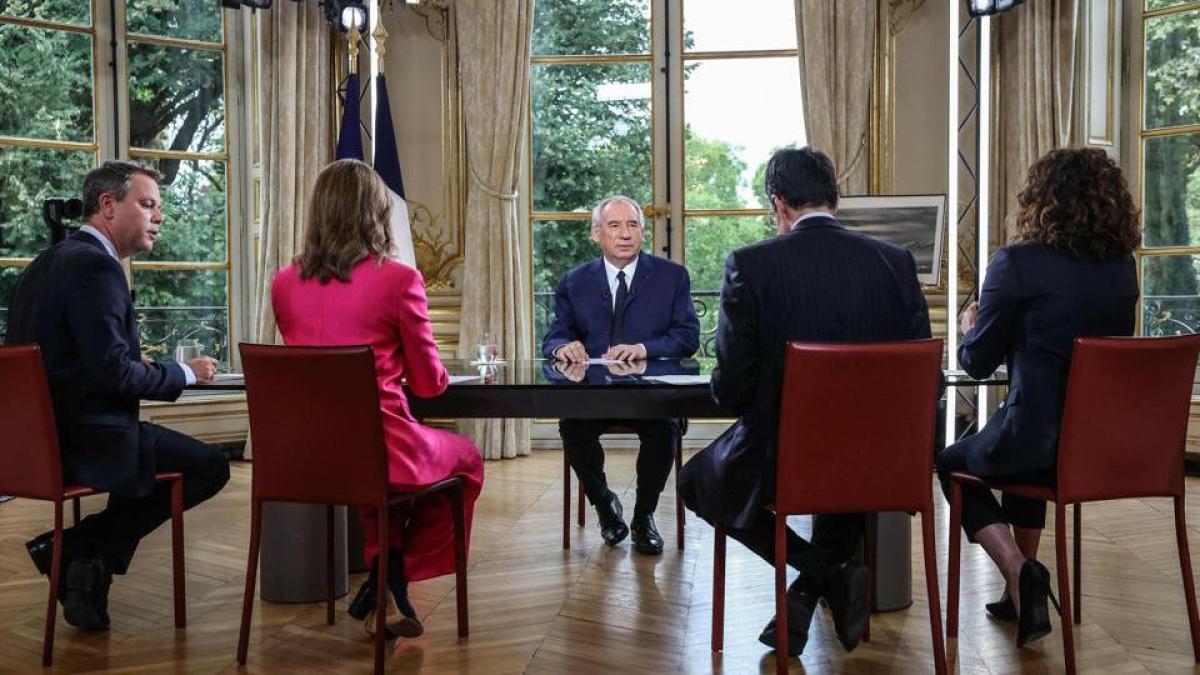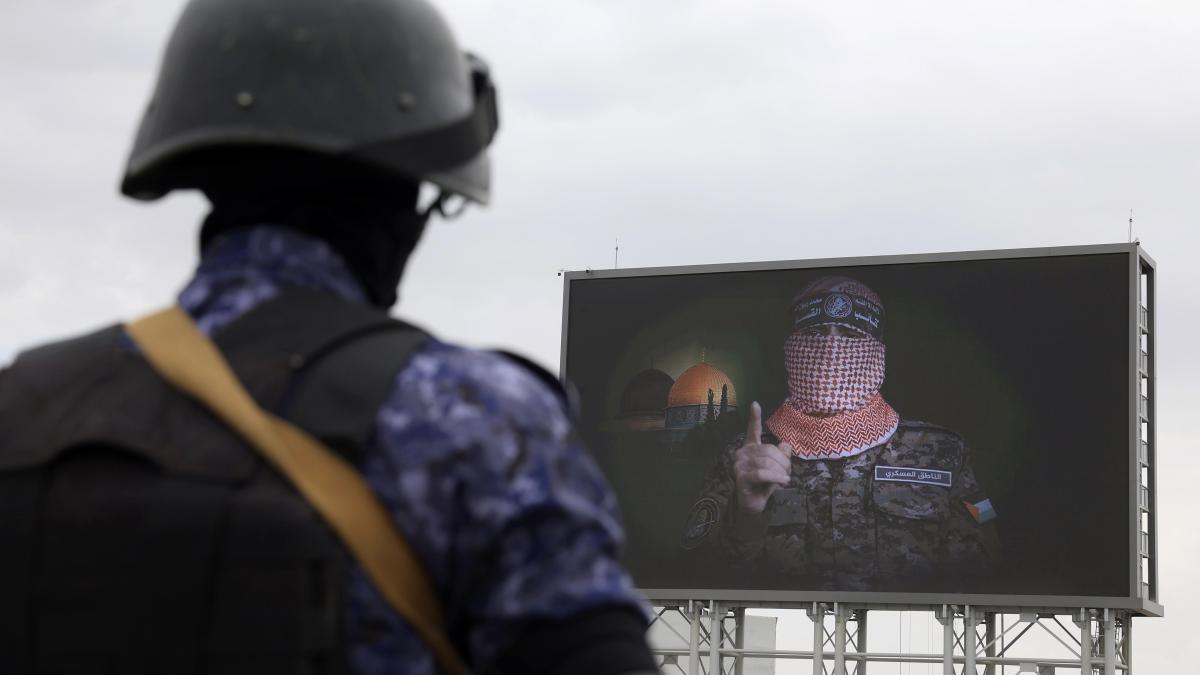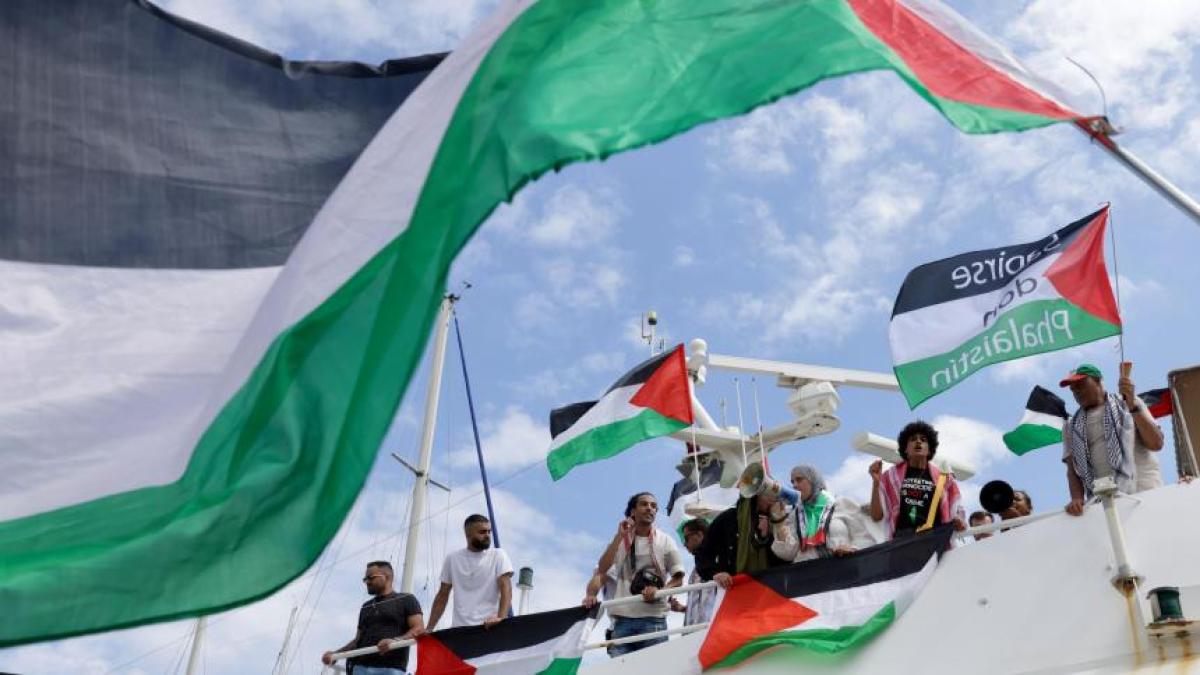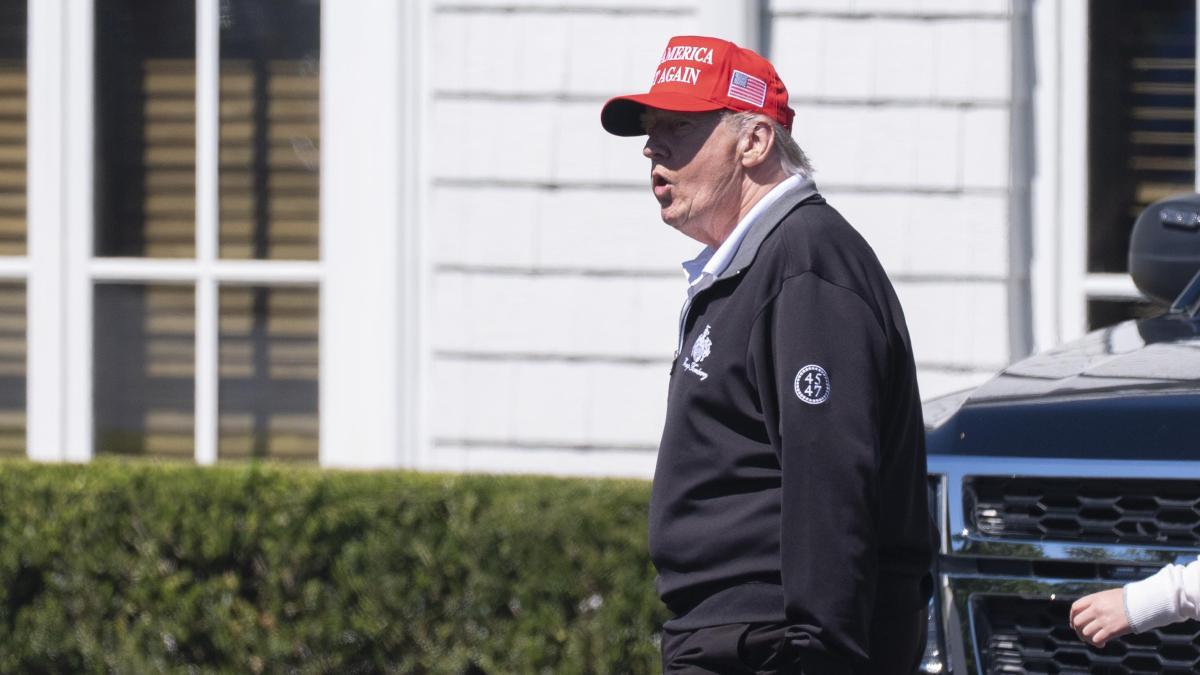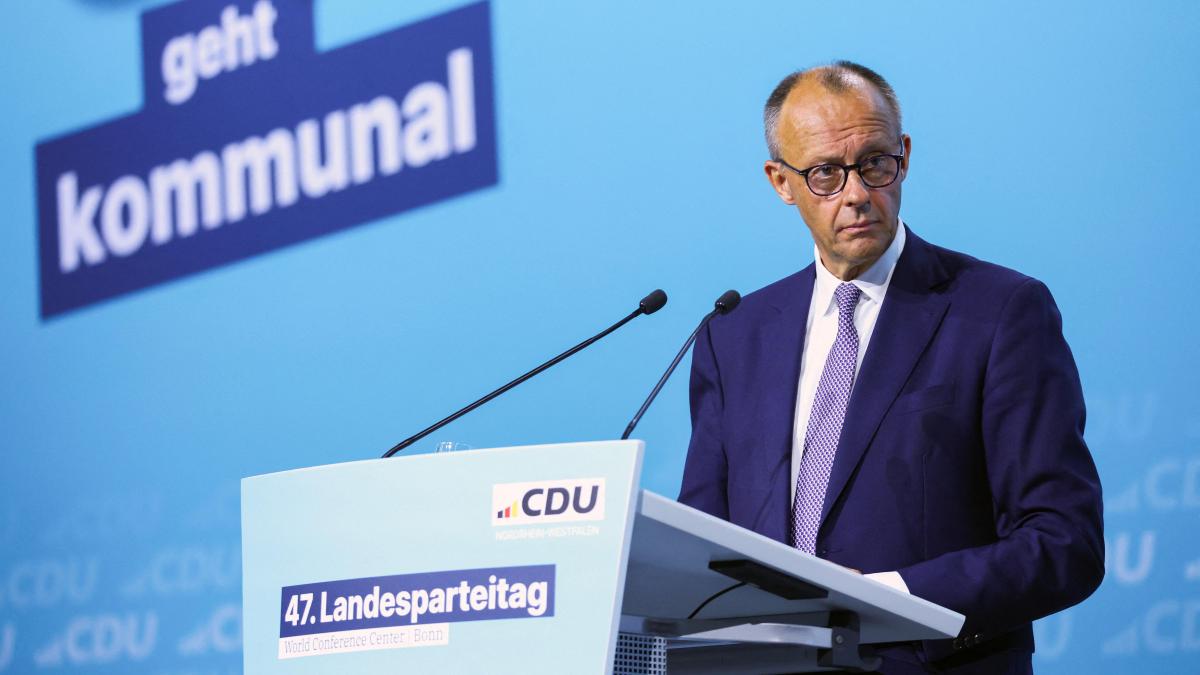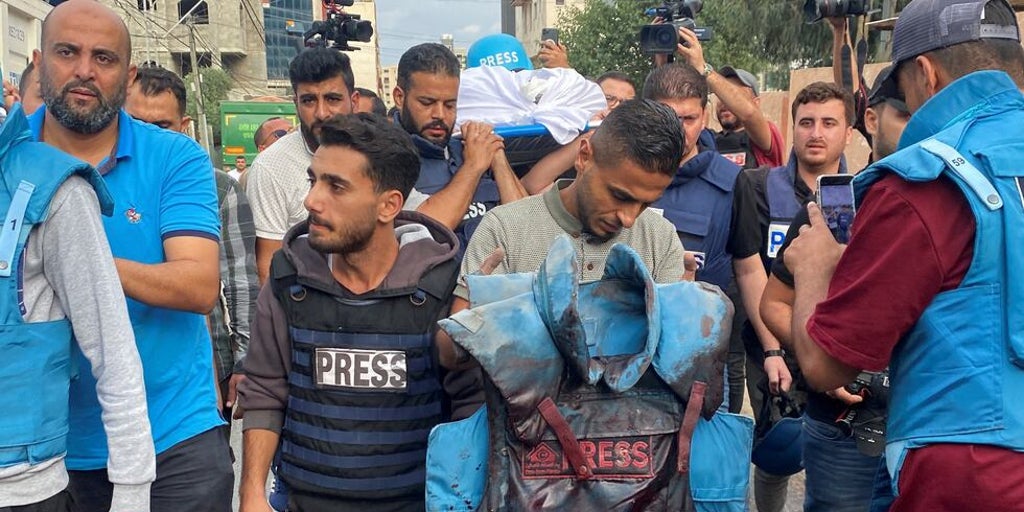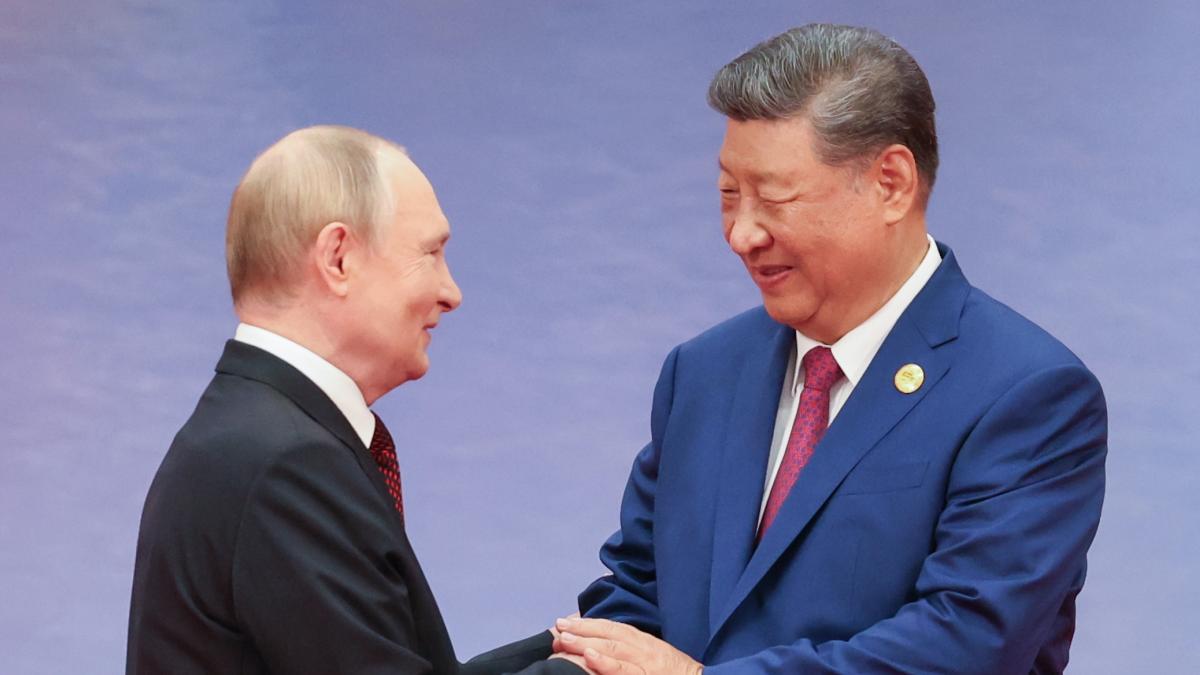The land invasion has caused the forced displacement of a million people
In a dramatic turn of events amid a season of turmoil in the Middle East, the United States played a pivotal role in facilitating a much-anticipated ceasefire agreement between Israel and Hezbollah. This comes after weeks of escalated violence, particularly following Israel’s unprecedented land invasion of Lebanon on September 30, 2024, which ignited a humanitarian crisis leading to the forced displacement of over one million people.
This ceasefire, confirmed on November 20, 2024, not only marks a significant diplomatic achievement for the U.S. but also reflects a desperate attempt to stabilize an increasingly volatile region. Hezbollah’s response to the Israeli ground offensive had been swift and aggressive, marked by retaliatory strikes aimed squarely at Israeli positions in the Shebaa Farms—an area disputed by both Lebanon and Israel.
As fighting intensified, reports surfaced of heavy casualties on both sides. Israel, amidst its campaign dubbed Operation Northern Arrows, was reported to have conducted bombings that resulted in the death of at least 569 people on just one day in late September.
This article delves into the circumstances leading to the ceasefire agreement, highlighting the complexities of the conflict and exploring the broader implications of the U.S. role as mediator.
The Invasion: A Catalyst for Ceasefire
The escalating conflict entered a new phase following extensive Israeli airstrikes and ground operations in southern Lebanon, primarily aimed at dismantling Hezbollah’s tactical capabilities. The Israeli government justified its military campaign as necessary for national security and preventing further attacks, while Hezbollah framed its resistance as a defense of Lebanese sovereignty.
Hezbollah’s reaction to the Israeli offensive showcased its military resilience, as they deployed guided rockets and artillery, successfully targeting numerous Israeli military installations, thus demonstrating their operational capacity and strategic planning.
The ground invasion and subsequent hostilities not only affected military personnel but also had catastrophic effects on civilians. Humanitarian organizations reported that at least 1.4 million individuals were displaced within Lebanon, fleeing their homes in fear of bombings and violence.
The Role of the United States
As clashes intensified on both sides, the United States, under the guidance of President Biden’s administration, stepped in as a mediator in the conflict. However, the U.S.’s previous veto of a Security Council resolution calling for a ceasefire in Gaza raised concerns about its commitment to a balanced approach in conflict resolution.
In the wake of these developments, U.S. Special Envoy Amos Hochstein held bilateral meetings with representatives from both sides, attempting to broker a ceasefire that would halt hostilities and provide a pathway to a more stable regional equilibrium. Hochstein emphasized the need for dialogue and urged both parties to recognize the dire humanitarian situation as a compelling reason to cease fire.
A Hopeful Conclusion or Temporary Relief?
The announced ceasefire has been received cautiously by many observers. While it is a significant step toward reducing the immediate violence, analysts remain skeptical regarding its longevity. Given the high levels of distrust and unresolved grievances between Israel and Hezbollah, the groundwork for a sustainable resolution remains precarious.
Historical precedents, such as the outcome of the 2006 Lebanon War, offer stark reminders of how fragile peace agreements can be in this region. Furthermore, the issue of Hezbollah’s military presence in southern Lebanon and their reported exchanges with Iranian forces make it challenging to envision a stable ceasefire in the long term.
The Bigger Picture: Regional Implications
The ongoing conflict not only affects Israel and Lebanon but also has broader implications for regional security in the Middle East. Iran’s influence extends beyond Hezbollah, with other allied groups in Iraq and Syria deeply entwined in the complex geopolitical landscape. The United States, while nurturing its treaties with Israel and Gulf states, finds its diplomatic maneuverability increasingly challenged as it attempts to counteract Iranian expansion.
In conclusion, while the U.S.-mediated ceasefire between Israel and Hezbollah presents a brief reprieve from violence, the situation on the ground remains fragile. As the region watches closely, all eyes are on whether this ceasefire serves as a foundation for lasting peace or simply prolongs an unresolved conflict, ready to ignite at any moment.
luyggi scorza
Website: http://Www.scorzart.com

